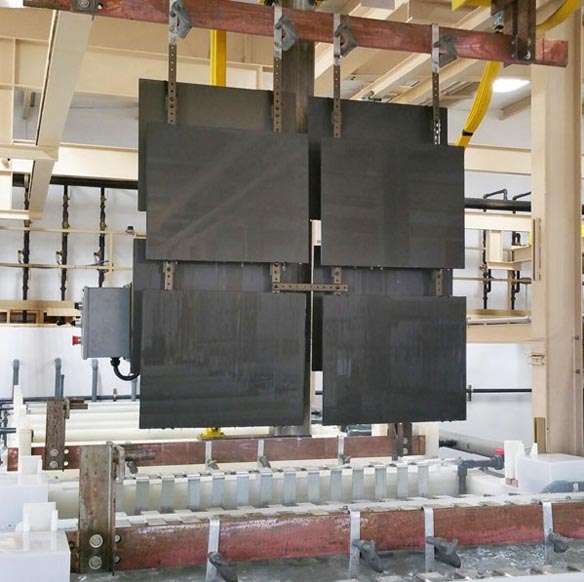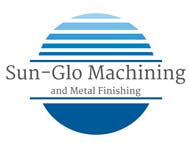Sun-Glo Machining and Metal Finishing
quotes@sun-glo.com
800-741-1456

This coating is accomplished through means of electrochemical conversion. It uses an acid to both assists in the conduction of electricity and to control the properties of the protective oxide layer. Adhesive bonding, corrosion resistance, better appearance, hardness and durability are some of the benefits that can be achieved through this process. Identifying the benefits and application for the finished metal part will determine which Anodizing process (Type I, Type II or Type III) is used. These processes can be referenced in Mil-A-8625.
TYPE I
Type I is known as Chromic Acid Anodizing. It offers an exceptional thin corrosion resistant coating that ranges in thickness from...More
Type II BLACK OR CLEAR
Type II, Sulfuric Acid Anodizing, is the most common method for anodizing. It provides a thicker coating from 0.0002” to 0.0012”...More
TYPE III HARDCOAT
This can be considered the workhorse of the three types of the anodizing processes. Type III (Hardcoat Anodizing) is specifically...More
